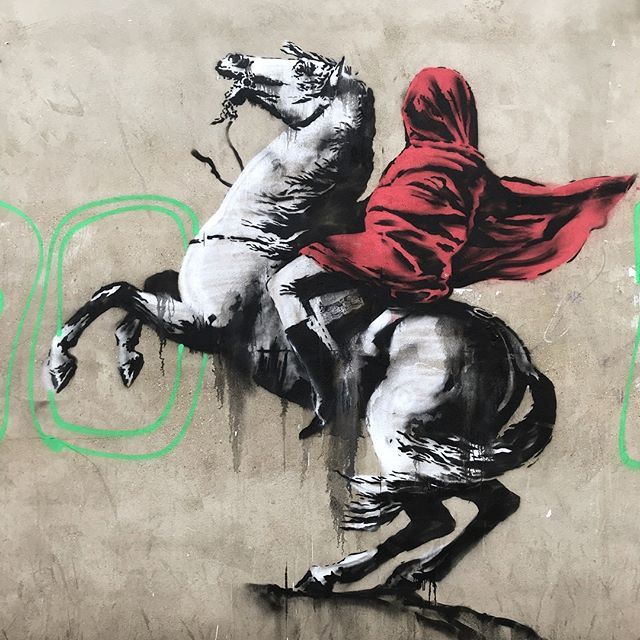

What moment of art are we in? How is it influenced by the surrounding reality? How has contemporary painting developed? These questions will be answered in the following article.
As the eminent contemporary artist Henryk Płóciennik put it, aptly describing the direction in which contemporary painting is heading: "improvisation is more important than adherence to composition". Time and again history has witnessed breakthroughs, collapses and uprisings. Today's art has evidently emerged as the result of a clear evolution. The artist's profession is a creative one, often associated with a reaction to changes in the reality in which we live. Most significantly, however, the artist is driven by an inner need. One reaches a point where the only gateway to freedom of development is a new form, a break with convention. However unconventional modernist Dadaism and surrealism may be, one can always look for the impetus for further change. Why is this the case? Man is by nature a creature striving for development, belonging to a Universe in which the only constant is change. With art, and therefore the product of the human hand, it is the same as with nature, the product of a Higher Being, Enegria, Essence. In both cases, a cyclicality can be observed. In nature, we have successive seasons, freezing ice, blossoming cherry blossoms, drought and downpours, while in art, over the centuries, one can observe the interweaving tendencies of rationalism and irrationalism, realism and the grotesque, futility and vitality, mimesis and metaphysics. On the other hand, both in art and in the Universe there are phenomena that have never happened before.
Contemporary painting is another bead in the history of art that we can, as it were, classify as a time of irrationalism, often grotesque, improvisation and metaphysics. However, this painting brings from itself many aspects that are completely new, hitherto unknown. It is a kind of response to the dynamics of the world, bringing ever new experiences, new hardships, joys, developments and cataclysms. Contemporary painting is very diverse, and what is innovative above all is that it is inspired by many art currents at the same time, combining them and breaking homogeneous conventions.
In addition, this is the first time there has been such an intensive, committed going 'out on the street' and interest in mass culture. The colourful press, television advertisements or comic strips have had a significant impact on the fate of much of the artwork. Artists have begun to use motifs such as advertising images, characters from popular cartoons or images of leading stars of the entertainment world, and create their own works based on these. Campbell's Soup Cans and a series of portraits of Marilyn Monroe by the American artist with Slavic roots Andy Warhol are excellent examples. Another type of art going "out into the street" is the developing so-called street art (street art). The space of creativity is the walls of buildings, city walls, viaducts. These works are often a kind of manifesto, an outward expression of what is inside, appearing not by chance in given places, regions. It should be stressed, however, that this does not at all mean a simple, realistic form. It is common in the case of street art to see colourful patches, wavy lines, geometric figures behind which a specific message is hidden. Accessibility to the general public is also an important element here. Such compositions are often created using techniques associated with graffiti. It is usually associated with hand painting using stencils and spray paint, but sometimes graffiti is created using acrylic paint and a brush. One of the most famous pioneers of street art is the British artist Banksy. His artworks serve as a means of expressing his views on many of the problems of the modern world, and thus relate to current themes close to every person walking the street.
 The Marylin Monroie series by Andy Warhol (source: wheremilan.com)
The Marylin Monroie series by Andy Warhol (source: wheremilan.com)

The most interesting aspect of contemporary painting is the variety of subjects taken up and the diversity in the aims of the message. Attention is drawn to works that are a response to the world around the artist, as well as to those created according to the principle "art for art's sake". Each will find its own audience and each contains a story that can be reached even on the street, and thus art becomes a form of communication with people. It is often predatory and blunt, but always honest and open to interpretation. On the surface, coincidence seems to play a large role in these paintings, but behind it lies thought, intention, intuition and emotion, which is what mainly guides the brushstrokes of the contemporary artists. Each is different, each has its own language to tell its own story.
Bibliography:
"Historia Sztuki. Malarstwo" by D. Jackowiak and niezlasztuka.net